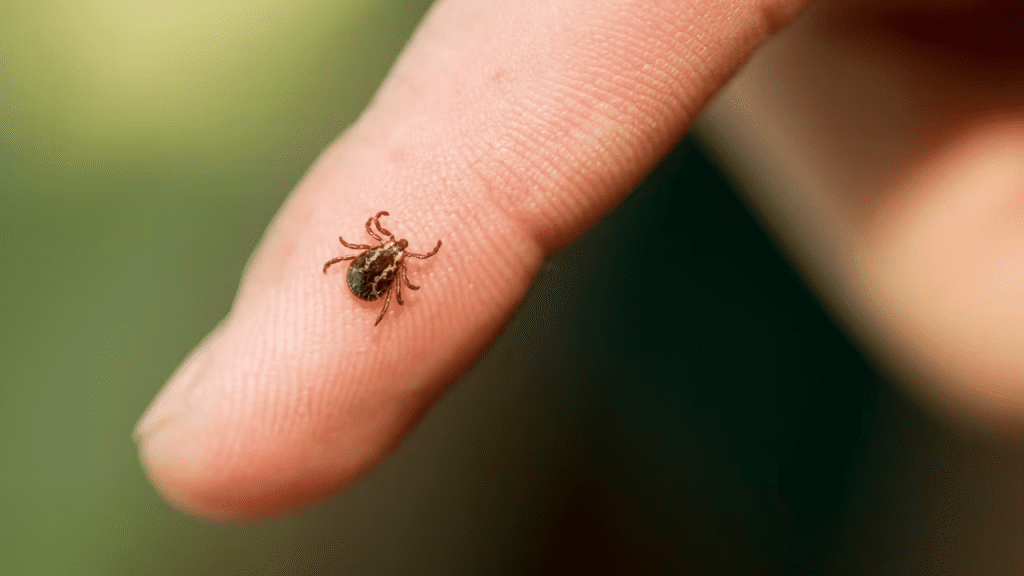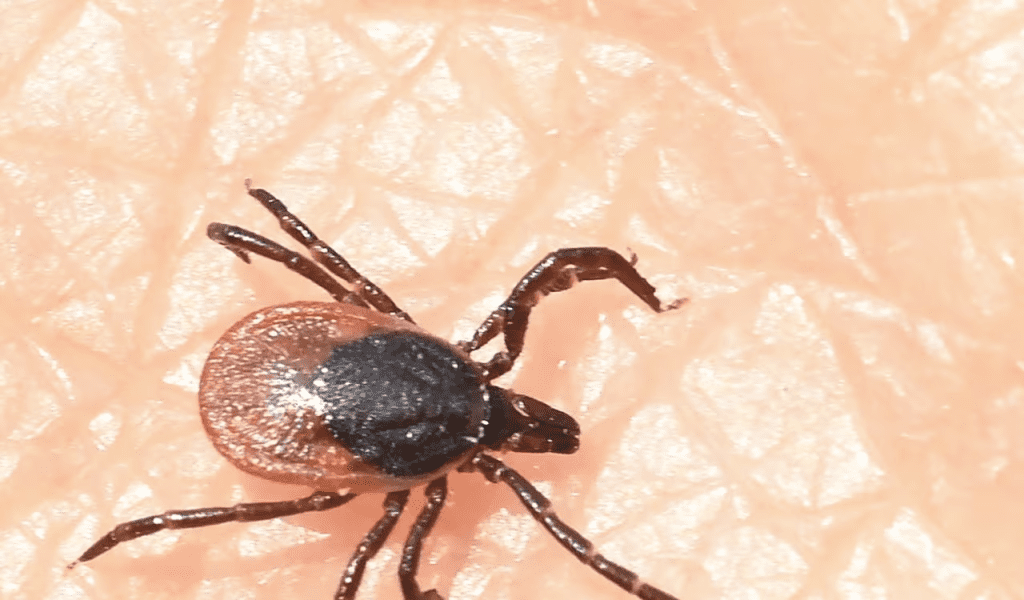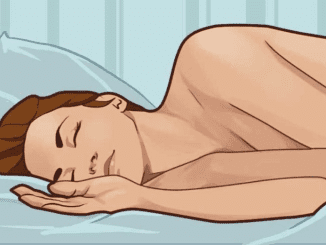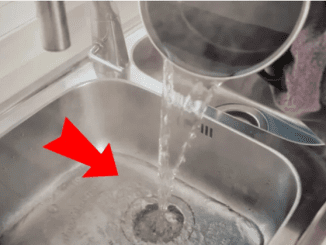Ticks are more than just a nuisance; these blood-sucking parasites pose a significant threat to both humans and pets. While commonly associated with outdoor spaces, ticks can invade homes, creating a hidden health hazard. Understanding where ticks hide indoors and how to eliminate them is essential for keeping your household safe.
Let’s explore where ticks tend to conceal themselves, why they choose these spots, and the most effective strategies to prevent and remove them.
Where Do Ticks Hide Indoors?

Ticks are expert hiders, taking refuge in places that provide darkness, moisture, and proximity to potential hosts. Here are some common hiding spots inside the home:
- Cracks and Crevices: Ticks often wedge themselves into the tiny gaps between floorboards or wall panels.
- Carpet Edges and Rugs: The underside and edges of carpets provide the darkness and warmth ticks crave.
- Behind Furniture: Large, immobile pieces of furniture can create the perfect shaded environment for ticks.
- Pet Sleeping Areas: Beds, cushions, and blankets where pets rest are prime locations for ticks, as they often latch onto pets before spreading into the home.
- Basements and Storage Areas: These spaces tend to be damp and dark, mimicking the outdoor environments where ticks thrive.
Why Do Ticks Hide in These Spots?
Ticks are drawn to areas that support their survival. Here’s why these locations are so appealing:
- Darkness and Moisture: Ticks prefer humid, dark environments where they are protected from light and dehydration.
- Proximity to Hosts: Ticks are attracted to carbon dioxide and body heat emitted by humans and pets, so they settle where hosts are likely to pass by.
- Seclusion: Ticks rely on stealth to latch onto their hosts, and secluded spots allow them to hide undisturbed until an opportunity arises.
How Do Ticks Enter Your Home?
Ticks often hitch a ride into your home via:
- Pets: Animals that spend time outdoors are the most common carriers of ticks.
- Clothing: Ticks can cling to clothing, backpacks, or shoes after outdoor activities.
- Firewood and Plants: Bringing in wood or decorative plants from outdoors can unintentionally introduce ticks.
How to Prevent Ticks from Entering Your Home
The best way to deal with ticks is to prevent them from entering your home in the first place. Here are some proactive measures:
1. Maintain Your Yard
Ticks thrive in overgrown vegetation and shaded areas.
- Keep grass trimmed short.
- Remove leaf litter and debris.
- Create barriers like gravel or wood chips around your yard to deter ticks from migrating closer to your home.
2. Use Tick Repellents
Applying tick repellents can help keep these pests at bay:
- Use products with DEET or picaridin on exposed skin and clothing when outdoors.
- Treat pet collars and bedding with tick-repellent solutions recommended by veterinarians.

3. Protect Your Pets
Since pets are often the primary carriers of ticks indoors, regular grooming is essential.
- Bathe pets frequently and check their fur for ticks after outdoor activities.
- Use vet-approved tick prevention treatments, such as collars, sprays, or topical medications.
4. Inspect Outdoor Items
Avoid bringing ticks inside by carefully inspecting firewood, potted plants, and outdoor gear before bringing them into your home.
How to Get Rid of Ticks in Your Home
If ticks have already found their way indoors, swift action is required to eliminate them effectively:
1. Thorough Cleaning and Vacuuming
Ticks often hide in carpets, furniture, and pet bedding.
- Vacuum floors, rugs, and upholstery regularly, paying special attention to crevices and corners.
- Immediately dispose of the vacuum bag or contents to prevent ticks from escaping.
2. Wash and Dry at High Temperatures
Ticks can be killed by high heat.
- Wash clothing, bedding, and pet items in hot water.
- Use the highest heat setting on your dryer for at least 10 minutes to ensure any ticks are eradicated.
3. Apply Insecticides or Natural Alternatives
Consider treating your home with tick-killing solutions:
- Use EPA-approved insecticides labeled for ticks.
- For a natural approach, use diatomaceous earth, which dehydrates and kills ticks on contact.
4. Seal Entry Points
Prevent ticks from returning by sealing cracks and gaps around doors, windows, and baseboards.
5. Introduce Beneficial Nematodes
Beneficial nematodes are microscopic organisms that prey on ticks and other pests.
- Apply them to your yard or garden according to product instructions for a natural tick control method.

Long-Term Tick Prevention Tips
To keep ticks from making a comeback:
- Regular Inspections: Routinely check pets, children, and yourself for ticks after outdoor activities.
- Declutter Your Home: Minimize hiding spots by keeping storage areas tidy and organized.
- Monitor Pet Behavior: If your pets seem unusually itchy or restless, inspect them for signs of ticks.
The Health Risks of Ticks
Ticks are more than a household nuisance; they pose serious health risks. Diseases transmitted by ticks include:
- Lyme Disease: Caused by bacteria transmitted through tick bites, leading to fatigue, joint pain, and neurological issues if untreated.
- Rocky Mountain Spotted Fever: A bacterial infection causing fever, rash, and severe complications if untreated.
- Babesiosis: A parasitic infection that can cause flu-like symptoms and severe illness in individuals with weakened immune systems.
Taking preventive measures and addressing infestations promptly can protect your family and pets from these risks.
Conclusion: Take Control of Tick Problems Today
Ticks may be small, but their impact on your home and health can be significant. By understanding where ticks hide, why they invade your home, and how to get rid of them effectively, you can reclaim your living space.
Preventive measures like yard maintenance, pet care, and regular cleaning go a long way in keeping ticks at bay. For existing infestations, a combination of vacuuming, washing, and targeted treatments can help you eliminate these pests.
Take action today to protect your home, your family, and your pets from ticks—because a tick-free home is a healthier, happier home!


